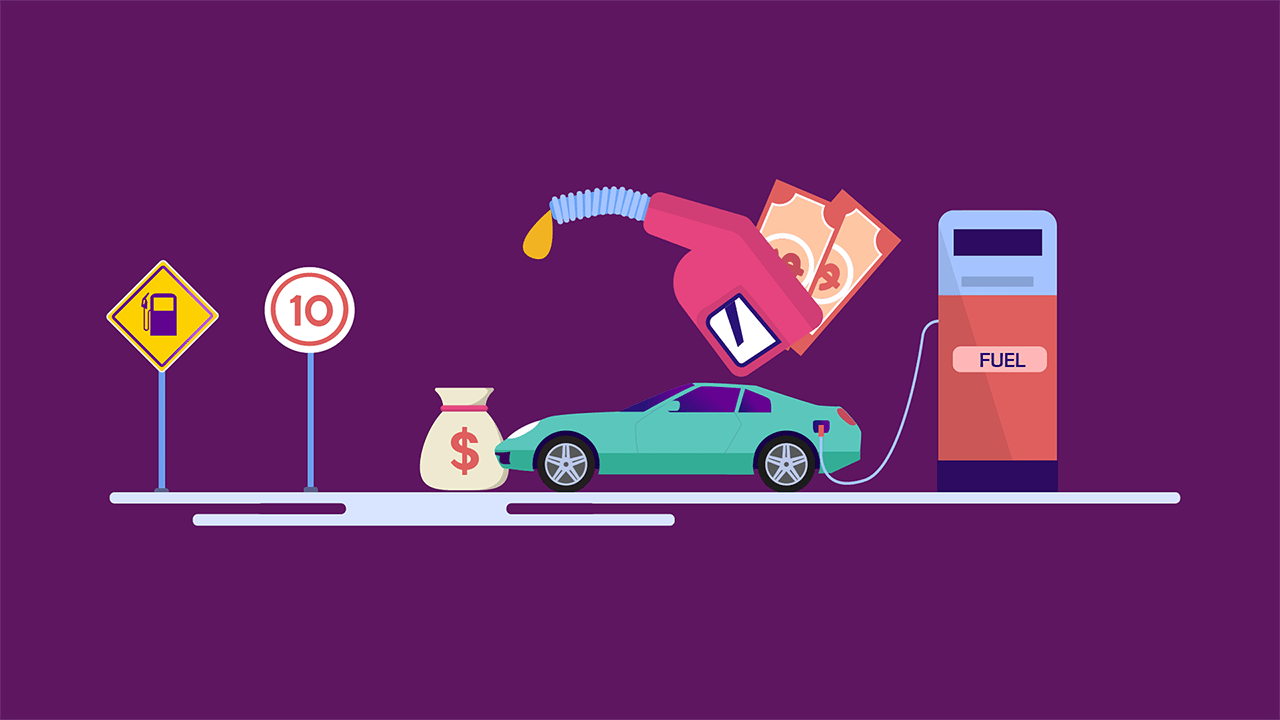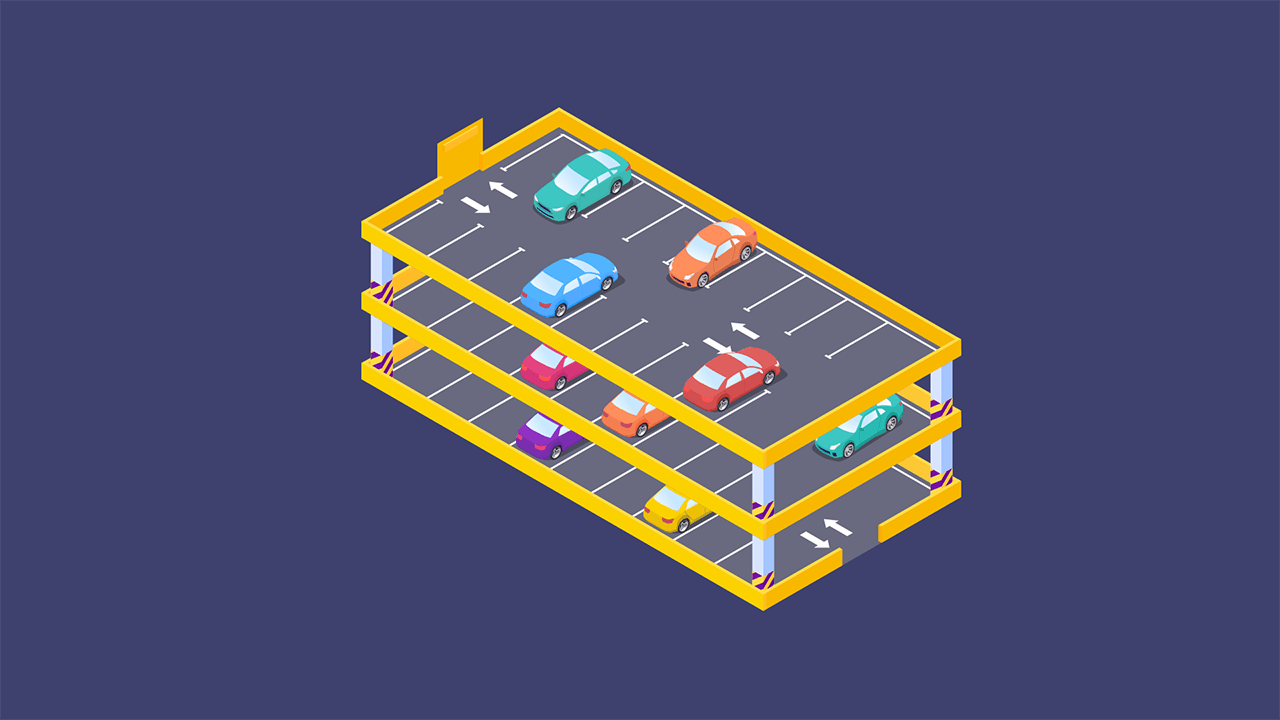DIY Car Oil Change: Master the Basics in 6 Simple Steps!
By Umm e Hani on Apr 26, 2024
Content
Maintaining an engine car is important for ensuring its longevity and overall performance. Among the essential maintenance tasks, changing your car's engine oil stands out as a fundamental procedure that can be conveniently accomplished at home with a few basic tools and supplies.
How To Change Oil In Car At Home In 6 Easy Steps
1. Gathering the Necessary Materials
So, what do you need for an oil change?
Before you begin the car oil change process, it's crucial to assemble all the necessary materials. It will help to ensure a smooth and efficient experience. This includes gathering new engine oil capacity of the recommended type and viscosity for your car, an oil filter compatible with your vehicle's make and model, a large oil drain pan, an oil filter wrench, a funnel, rags or paper towels, safety glasses, and gloves.
2. Preparing Your Car
Once you have the necessary materials, prepare your car for the oil change. Start by warming up the engine for about 5 minutes to allow the oil to flow more easily and impurities to settle. Park the car on a level surface and engage the parking brake for stability. Refer to your car's owner's manual to locate the oil drain plug and oil filter. Position the oil drain pan directly under the drain plug to catch the old oil.
3. Draining the Old Oil
With the car prepared, proceed to drain the old oil. Carefully loosen the oil drain plug using a wrench or socket, allowing the old oil to flow into the drain pan. Wait until the oil slows to a trickle before proceeding. Replace the old drain plug washer with a new one to ensure a proper seal. Securely tighten the drain plug to prevent leaks.
4. Replacing the Oil Filter
Move the drain pan to catch any oil that may spill during the filter removal process. Loosen the old oil filter using an oil filter wrench and allow any remaining oil to drain into the pan. Carefully remove the old filter and apply a thin layer of new oil to the gasket of the new filter for proper sealing. Screw the new filter onto the engine block by hand until snug, then tighten it further with the oil filter wrench.
5. Adding New Oil
Locate the oil filler cap and carefully remove it. Using a funnel, slowly pour the new oil into the engine, checking the oil level periodically using the dipstick. Stop pouring when the oil level reaches the "full" mark on the dipstick. Replace the oil filler cap and tighten it securely.
6. Final Checks and Cleanup
Start the engine and let it run for a few minutes, observing for any oil leaks around the drain plug or oil filter. Turn off the engine and check the oil level again, ensuring it remains between the "full" and "add" marks on the dipstick. Reset the oil change indicator if your car has an oil change reminder system. Dispose of the old oil and filter responsibly, either at an auto parts store or recycling center. Clean up any spills and dispose of rags or paper towels properly.
That’s A Wrap!
Changing your car oil at home is a simple task. By following these six simple steps and sticking to the safety guidelines, you can effectively maintain your car's engine, ensuring its longevity, optimal performance, and overall safety. Remember, regular engine oil changes are crucial for keeping your car running smoothly and protecting its engine from premature wear and tear.
FAQ
Where Can I Get An Oil Change?
You can get a diesel oil change at various places, including auto parts stores, car dealerships, and independent mechanics. Auto parts stores offer competitive prices, dealerships may provide additional services, and independent mechanics offer personalized service.
How To Change Oil Filter?
Oil filter change is easy. First, drain the old oil, remove the old filter, apply new oil to the new filter's gasket, and screw it on by hand. Refer to your car's manual for specific steps.
How Much Oil Do I Need For An Oil Change?
The amount of oil you need depends on your car's make and model. Consult your car's owner's manual to determine the exact amount required. Cars need between 5 and 8 quarts of oil.
Where Do You Put Oil In A Car?
Locate the oil filler cap, found on top of the engine. Refer to your car's owner's manual for the exact location. Once identified, carefully unscrew the cap and use a funnel to guide the new oil into the engine, avoiding spills.
How To Drain Oil From Car?
To drain the old oil, park your car on a level surface and engage the parking brake. Place an oil drain pan under the drain plug, located at the bottom of the engine. Loosen the drain plug with a wrench and allow the old oil to drain completely. Once drained, replace the drain plug washer and tighten the drain plug securely.
Where Is The Oil Pan Located?
The oil pan is a large, shallow container that holds the engine oil. It is typically positioned at the bottom of the engine. Consult your car's owner's manual to identify the exact location of the oil pan.
How Long Does It Take To Change Oil In A Car?
Oil change at home generally takes around 30 minutes, but the exact time may vary depending on your experience level and the specific car model. Familiarity with the process and your car's layout can significantly reduce the time required.
How Long Should You Wait To Start Your Car After Putting Oil In It?
After adding new oil to your car, it's advisable to wait for about 5 minutes before starting the engine. This allows the fresh oil to circulate throughout the engine components, ensuring proper lubrication and protection.


